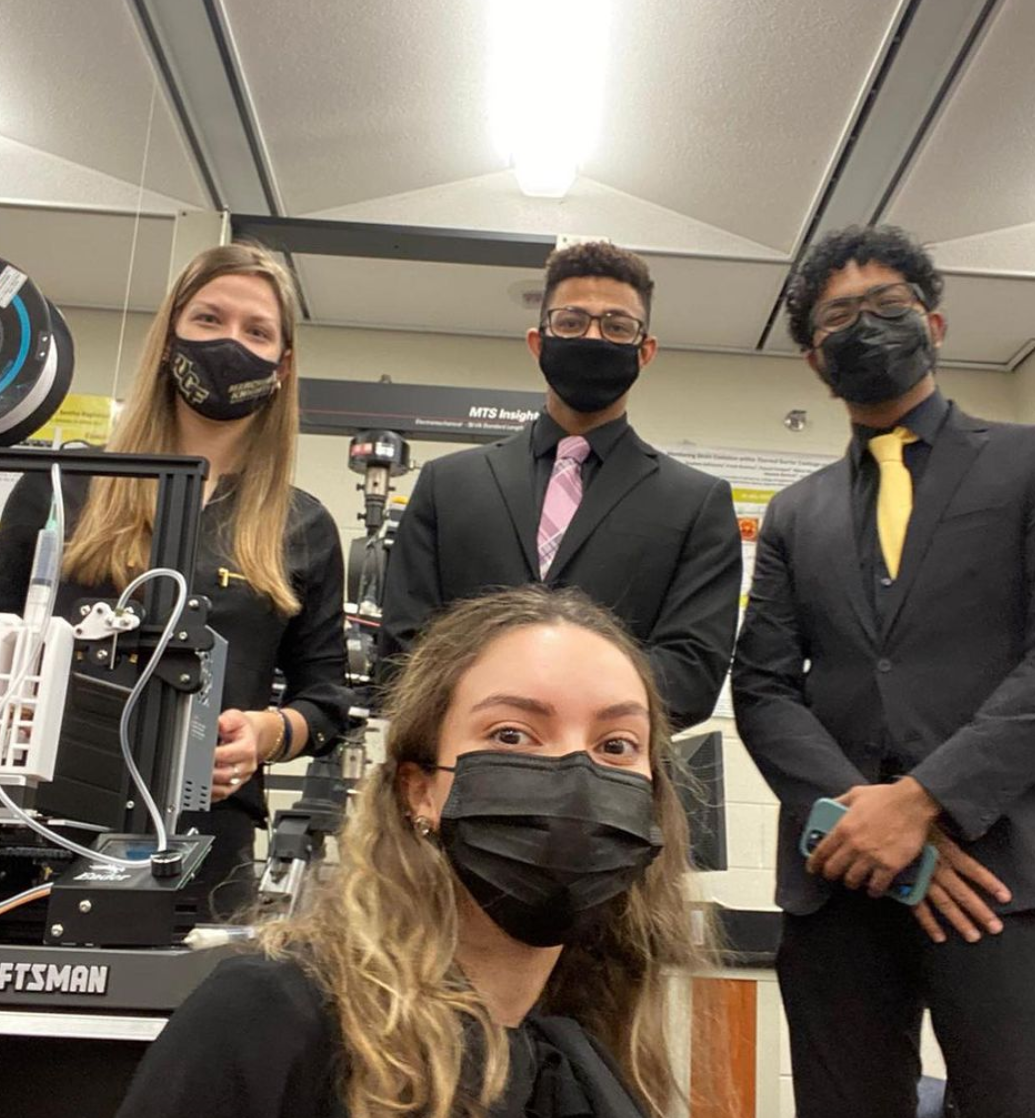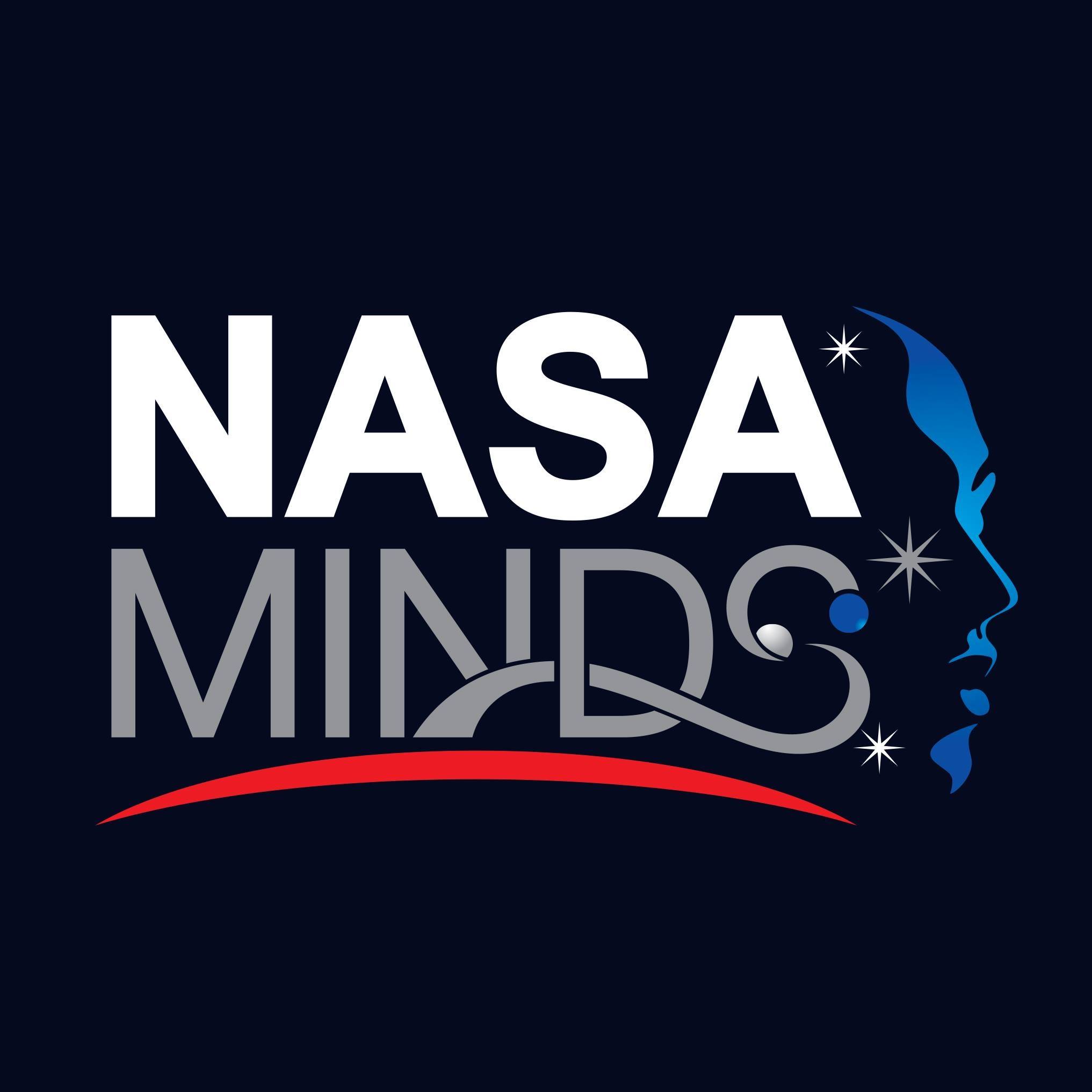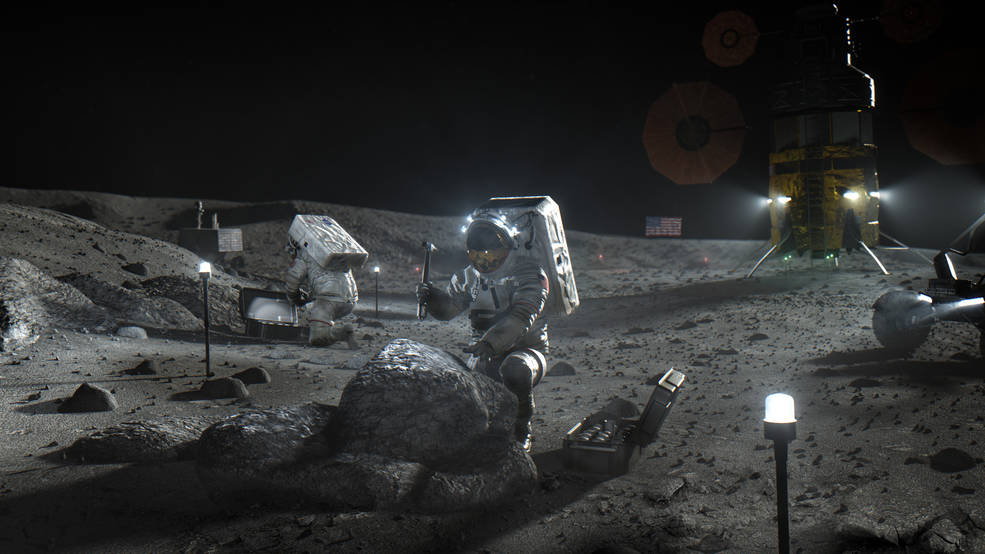Five teams from U.S. colleges received $1,500 each from NASA’s Minority University Research and Education Project (MUREP) Innovative New Designs for Space (MINDS) in 2021 to design, build and test their innovative project ideas that could one day support the space agency’s ambitious Artemis program, slated to return humans to the Moon in the next decade. Students from Georgia Gwinnett College, Navajo Technical University, University of Central Florida, University of the District of Columbia, and Texas State University, are focused on researching, designing, and building 3D printing technologies for off-Earth missions.
NASA’s MUREP engages teams from minority-serving institutions (MSIs) to participate in the MINDS challenge, a multi-semester undergraduate level activity that supports Artemis and the Human Exploration and Operations Mission Directorate. Students’ skills, creativity, and innovation are challenged through the initiative to design and build technologies needed in orbit. Thirty-five teams from more than 30 universities competed in this year’s activities, and in late April 2021, the selected team projects were reviewed by NASA judges, and some of them received recognition awards and up to $5,000.
An interdisciplinary team of mechanical and aerospace engineering students from the University of Central Florida designed a 3D printer for manufacturing nanocomposite sensors that can detect stress and structural damage in space. Their LunarMakes3D project went on to win the third-place award for Systems Engineering Paper and an honorable mention for Overall Design, Build, and Demonstration in the NASA MINDS Challenge.
Senior students Vanessa D’Esposito, Perla Latorre Suarez, Nya Segura-Watson, Rohan Madathil, and Felix Morales focused on developing a 3D printing method with the right polymer matrix and printing parameters to manufacture nanocomposite sensors to facilitate the autonomous detection of the structural integrity of components. For example, they describe how photoluminescent alumina nanoparticles within a polymer matrix can be used to evaluate stress and detect regions of damage on structural parts. Team leader Suarez highlighted that monitoring the structural integrity of any component is important on Earth and in space. Still, for objects printed in orbit, Suarez said it is challenging to determine whether they will perform the intended job. So 3D-printed sensors applied to these structures could ensure safe and more efficient missions.

Senior students Vanessa D’Esposito, Perla Latorre Suarez, Nya Segura-Watson, Rohan Madathil, and Felix Morales from the University of Central Florida. Image courtesy of University of Central Florida
At Georgia Gwinnett College (GGC), junior applied mathematics major Marco Montero and sophomore IT major Ahkeelah Lindo proposed researching new 3D printer designs for crew members to use in space missions and focused on strengthening the resilience of 3D printed materials by changing the structure to make them lighter, durable, and stronger.
The ultimate goal of their project titled “Exploring Ways to Improve Functional Properties of 3D Printed Material for Artemis Mission” is to extend the applications of 3D printing for space-based manufacturing, especially as NASA and commercial space companies are discovering scientific knowledge and developing technologies to create long-term inhabitable establishments on the Moon, Mars and beyond.
Mentored by GGC Associate Professor of Physics Sairam Tangirala, the students worked proactively on designing and building the 3D technology. They hope one day, the project could allow NASA to recycle, reduce carrying capacity, replace overly weighted objects, and prepare custom parts for its space missions.
Engineering students from Navajo Technical University researched lunar materials as feedstock for additive manufacturing (AM) and in-situ resource utilization. Through their “Skyhawks Print the Future” project, the team hoped to develop methods for astronauts to 3D print components on demand to support the Artemis program and establish a sustained presence for future lunar colonization.
With space exploration initiatives endeavoring to develop long-term extraterrestrial habitats, there is an immediate need to mature innovative energy harvesting systems. Under project Artemis, NASA expects to develop a habitable research center near the south pole of the moon, which will require a robust solar array system to collect and supply the power needed for those missions.
Using 3D digital design tools and topology optimization modules, a team from the University of the District of Columbia in Washington D.C. proposed an optimized deployment structure to maximize the strength to weight ratio. Described as the “Firebirds Solar Harvester,” the project leveraged 3D printing technologies to create a working prototype based on optimized and non-traditional geometries that are only possible using AM.
Finally, Texas State University students suggested the “CaerusCrete,” a project to develop a novel, versatile building material set to support future massive construction on the Moon and Mars. The students determined that the material would not need any artificial binder, such as cement, to hold it together. Instead, they proposed a living microorganism could be used to “biomineralize granular materials” found on site, such as regolith, to gain sufficient strength by converting carbon dioxide to calcium carbonate via photosynthesis. This project could significantly impact the Artemis mission by providing a potential solution to the challenges of additive construction off-Earth, by using regolith and other in-situ resources available to crew members on other planets.
Involving college students in the specific technologies relevant to and needed by Artemis provides a clear pathway for entering the NASA and aerospace workforce. Additionally, NASA MINDS considers that the work undertaken by students has the potential to accelerate innovation and aid in technological breakthroughs. In fact, MINDS’ Activity Manager Theresa Martinez has described the program’s success as hinging on the “creation of new technologies,” and students as the most “outside-the-box thinkers of our time.” As in many NASA-funded projects, we continue to see a significant involvement of 3D printing initiatives, especially as the technology continues to mature and expand, disrupting more industries.
Subscribe to Our Email Newsletter
Stay up-to-date on all the latest news from the 3D printing industry and receive information and offers from third party vendors.
You May Also Like
Meet Xell, xolo’s Budget-Friendly Bioprinter for Labs
Building on its expertise in volumetric bioprinting, xolo has unveiled Xell. This compact bioprinter brings rapid fabrication of complex structures without visible layers to research labs at an unprecedented price....
Axolotl Biosciences Brings Biotech to the Forefront at Formnext 2024
Formnext 2024 is known as the world’s leading trade fair for industrial 3D printing, with towering machines and manufacturing giants filling its halls. Amid this industrial frenzy, Axolotl Biosciences, a...
BICO’s €26M Nanoscribe Sale Highlights Strategic Overhaul Under Forss
BICO (STO: BICO) announced its second divestiture since Maria Forss took over as President and CEO in November 2023. Following the sale of Ginolis last year, BICO has now entered...
3D Systems Pushes New Tech and Partnerships at Formnext
As one of the pioneering companies in additive manufacturing (AM), 3D Systems remains a key player to watch at Formnext 2024, where it is showcasing major partnerships, innovative technologies, and...






































